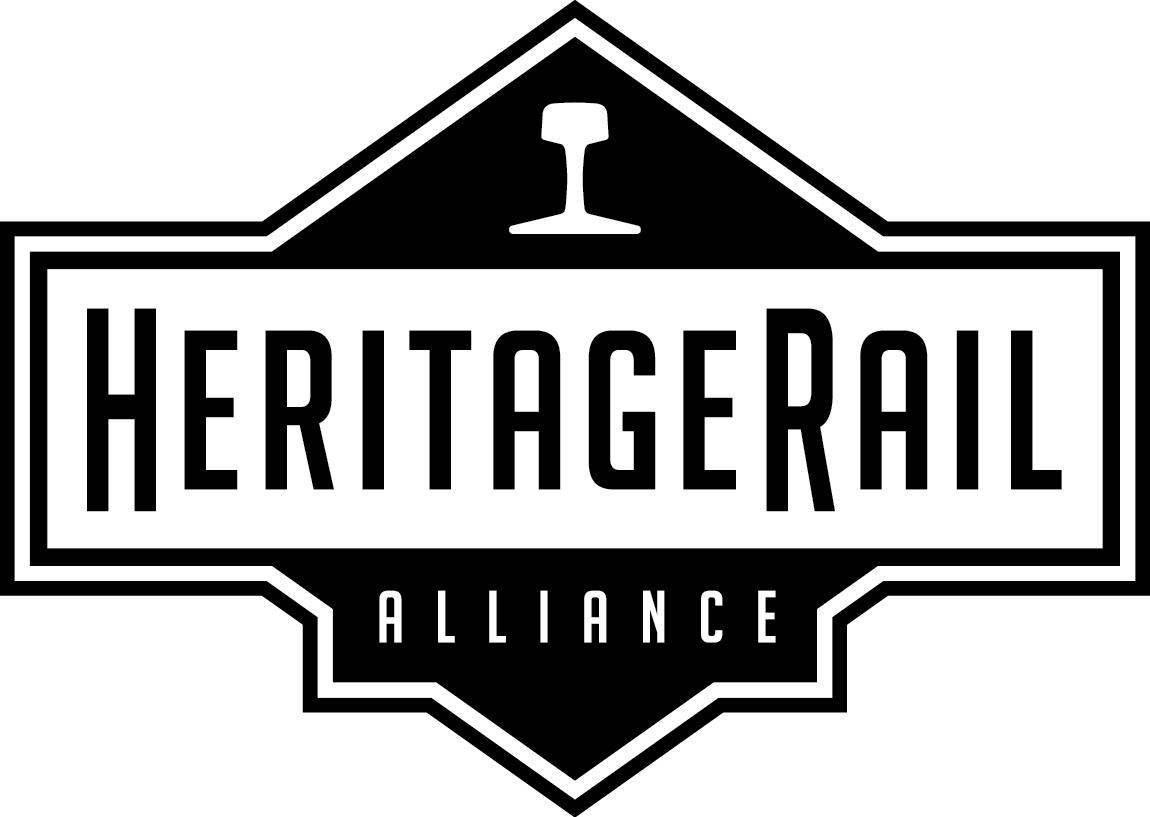
By Aaron Isaacs, HRA editor
Perhaps the biggest challenge of reporting on railway preservation is tracking long-term restorations, which is pretty much all of them. They often begin with some fanfare. Then they drop from sight for years, often decades. Usually dependent on volunteer labor and sporadic funding, they may stop and start again. Hopefully we learn about their completion when the museum or railroad holds a celebration. That doesn’t always happen and I’m forever coming across projects that never made the mainstream railfan press. Even when they appear to be done and the piece is operating, the restorationists will tell you about the punch list of minor details that remain unfinished.
With all this in mind I set out to identify all the active rail preservation projects. No one else seemed to be doing it, except for steam locomotives. The result is the Progress Reports section of this website. It’s a list of active projects, organised alphabetically by state. My original hope was to actually track their progress, but that has fallen by the wayside. There are simply more than I had anticipated, 415 at present, too many to monitor. Now I periodically revisit the list, remove the completed ones and add others that are starting. Although the list is pretty comprehensive, there are certainly some that are missing. They may be done quietly by private individuals, not organizations. Or the organizations are not transparent about their projects.
The list breaks down as follows:
78 Steam locomotives, including cosmetic restorations.
43 Diesel locomotives, including self-powered motorcars
90 Electric cars and locomotives
82 Passenger cars
21 Freight cars
34 Cabooses and other non-revenue rolling stock
67 Infrastructure projects, including buildings and track
Of these, steam locomotives get the lion’s share of press coverage. Restoring a steam locomotive is often a million dollar undertaking. Of all the things that can be restored to operation, nothing seems to elicit a stronger emotional response than a steam locomotive. Compare the reaction to steam versus diesel, and it’s not a fair fight. The general public will flock to steam, but will ignore most diesels, leaving the adoration to the hardcore railfan. Similarly, trolleys and passenger cars are more charismatic than freight cars and non-revenue equipment, because the public can relate to them.
What qualifies as a restoration? This is open to interpretation. Simply painting a piece doesn’t meet the threshold. Neither does routine maintenance or sprucing up a previously restored piece. There needs to be some invasive and costly repairs. The one that straddles the line between maintenance and restoration is the federally mandated 1472-hour steam locomotive inspection. You start with a fully restored piece, then disassemble it, replace some crucial components and put it back together, usually after spending a few hundred thousand dollars.
The other type of project that’s hard to categorize is disaster recovery. Shore Line Trolley Museum has spent major dollars rebuilding flooded traction motors. Mid-Continent Railway Museum had a bridge washed out by flooding.
Infrastructure projects give me the most satisfaction. Of the 71 on the list, many are shop buildings and car storage buildings. A shop building greatly increases the capacity to do restorations. A restored piece will survive so much longer inside a building than out in the weather.
This post is just an introduction to the active projects. A series of posts will follow that focus on specific restorations and infrastructure improvements.
